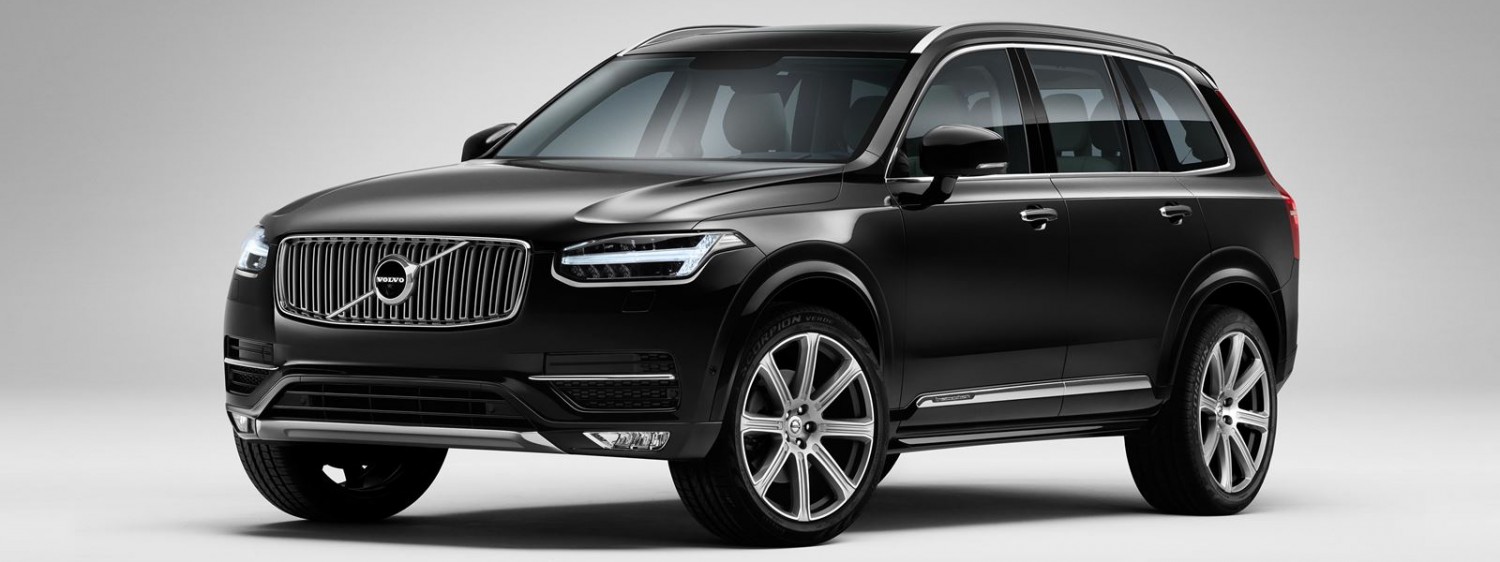 You’ll find Honda most often on or near the bull’s-eye, what with the Accord, the Odyssey, the Civic, and the CR-V all nailing their targets through the crosshairs. From the center, Honda believes, there’s no direction to go but off the mark, which is why the 2007 CR-V remains pretty much what a CR-V has always been: an inexpensive five-seat duffel bag on wheels.
You’ll find Honda most often on or near the bull’s-eye, what with the Accord, the Odyssey, the Civic, and the CR-V all nailing their targets through the crosshairs. From the center, Honda believes, there’s no direction to go but off the mark, which is why the 2007 CR-V remains pretty much what a CR-V has always been: an inexpensive five-seat duffel bag on wheels.
For 2007, CR-V project leader Mitsuru Horikoshi is after the “cool moms,†which in Japanese sounds like “kakko-eee mama-san.†Apparently, the cool moms like windshields that lie back, a body with a few curves, an Acura-like interior of metrosexual black plastic and burnished metal, and side glass that does the most suggestive rearward taper since the ’49 Buick. The new CR-V strives to look more street chic in every way except for the warts growing out of the lower rockers, a styling cliché suggesting skid plates that are so not there.
The not-as-cool moms who loved the old square CR-V at least get, in the new car, a formula that is otherwise little changed. Honda dares not chase competitors such as the new Toyota RAV4 up the size ladder. “It’s not that we didn’t consider a V-6 and a third row,†says Horikoshi-san. “It’s that it clashed with the concept of CR-V.â€

We won’t gainsay Honda’s wisdom. With one four-cylinder engine and one five-seat configuration, the Honda CR-V rang up 150,219 sales last year, a big number in a growing segment (the Escape was the only compact ute to beat it, with 165,122 sales).
Horikoshi-san says the new CR-V has its own platform, sharing just seven percent of its parts with the Acura RDX (and nine percent with the Civic). Although just two percent derives from the old CR-V, the dimensions and the cargo-volume numbers don’t vary much. News that body width grows by 1.4 inches isn’t worth waking the President for. More significant, Honda moved the spare tire under the floor and replaced the side-hinged ambulance door with a top-hinged hatch. That helps push down the CR-V’s center of gravity by a very cool 1.4 inches.
Combined with a few subtle suspension changes, Honda advertises better handling with the new CR-V. At this early stage, we can report that it seemed quieter, and its steering is a bit heavier. Making 166 horsepower is a familiar 2.4-liter, dual-cam 16-valve four with i-VTEC variable valve timing and lift, good for 161 pound-feet of torque. Sadly, there’s only one transmission, a five-speed automatic.
The optional four-wheel-drive system uses the same twin-hydraulic-pump design to engage the rear axle through a wet clutch pack. There are no computers, but new ball cams get the clutch pack engaged faster while the pumps are still building hydraulic pressure. The goal is quicker rear-axle engagement on slick roads.
Honda promises that prices will change little. You won’t get to the exit for less than $21,000 for the base front-drive LX and $27,000 for the all-wheel-drive EX-L, a new leather-lined trim level and the only one in which a navigation system is available, for an extra $2000.
Yes, even kakko-eee mama-sans get lost.
Vehicle type: front-engine, front- or 4-wheel-drive, 5-passenger, 5-door wagon
Estimated base price: $21,000–$27,000
Engine type: DOHC 16-valve inline-4, aluminum block and head, port fuel injection
Displacement: 144 cu in, 2354cc
Power (SAE net): 166 bhp @ 5800 rpm
Torque (SAE net): 161 lb-ft @ 4200 rpm
Transmission: 5-speed automatic
Wheelbase: 103.1 in
Length/width/height: 178.0/71.6/66.1 in
Curb weight: 3400–3550 lb
Performance ratings (C/D est):
Zero to 60 mph: 9.0 sec
Standing ¼-mile: 17.0 sec
Top speed (governor limited): 109 mph
Projected fuel economy (mfr’s est):
EPA city driving: 22–23 mpg
EPA highway driving: 28–30 mpg
